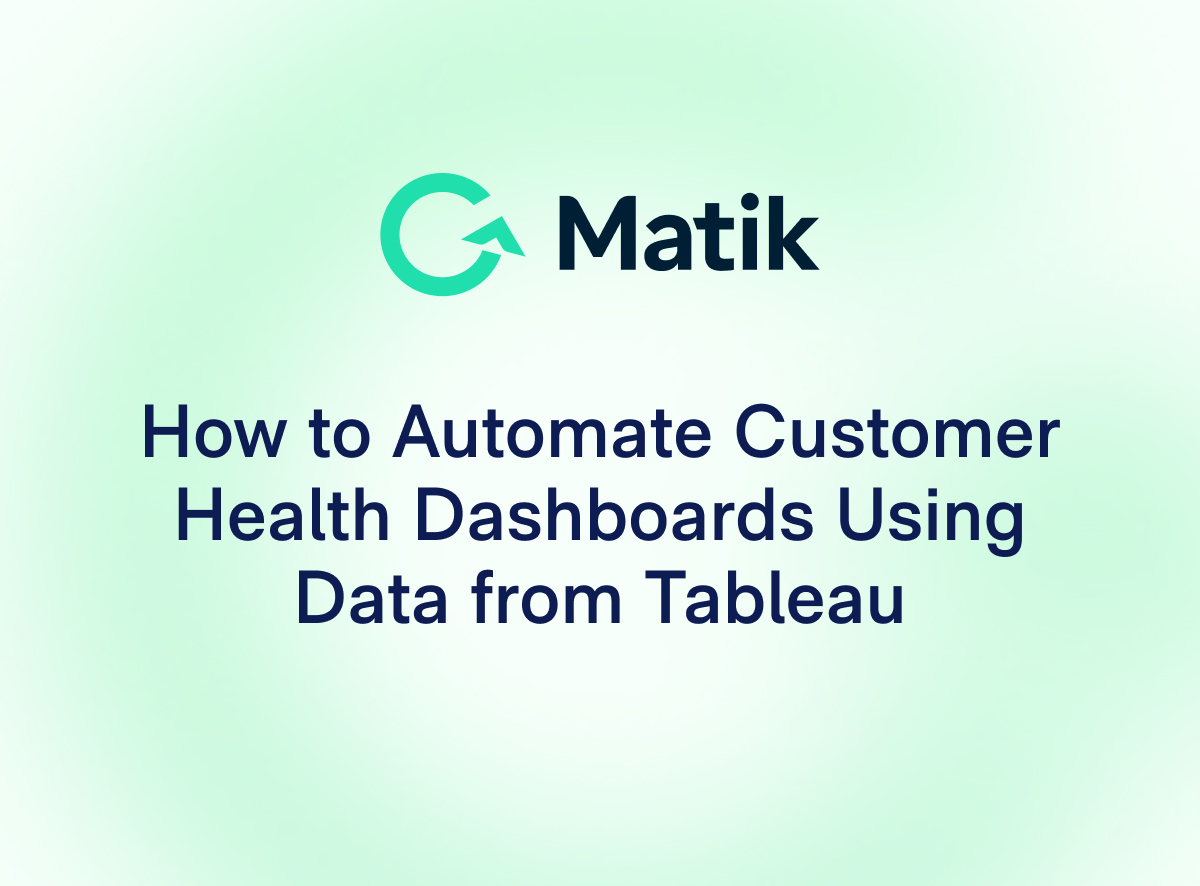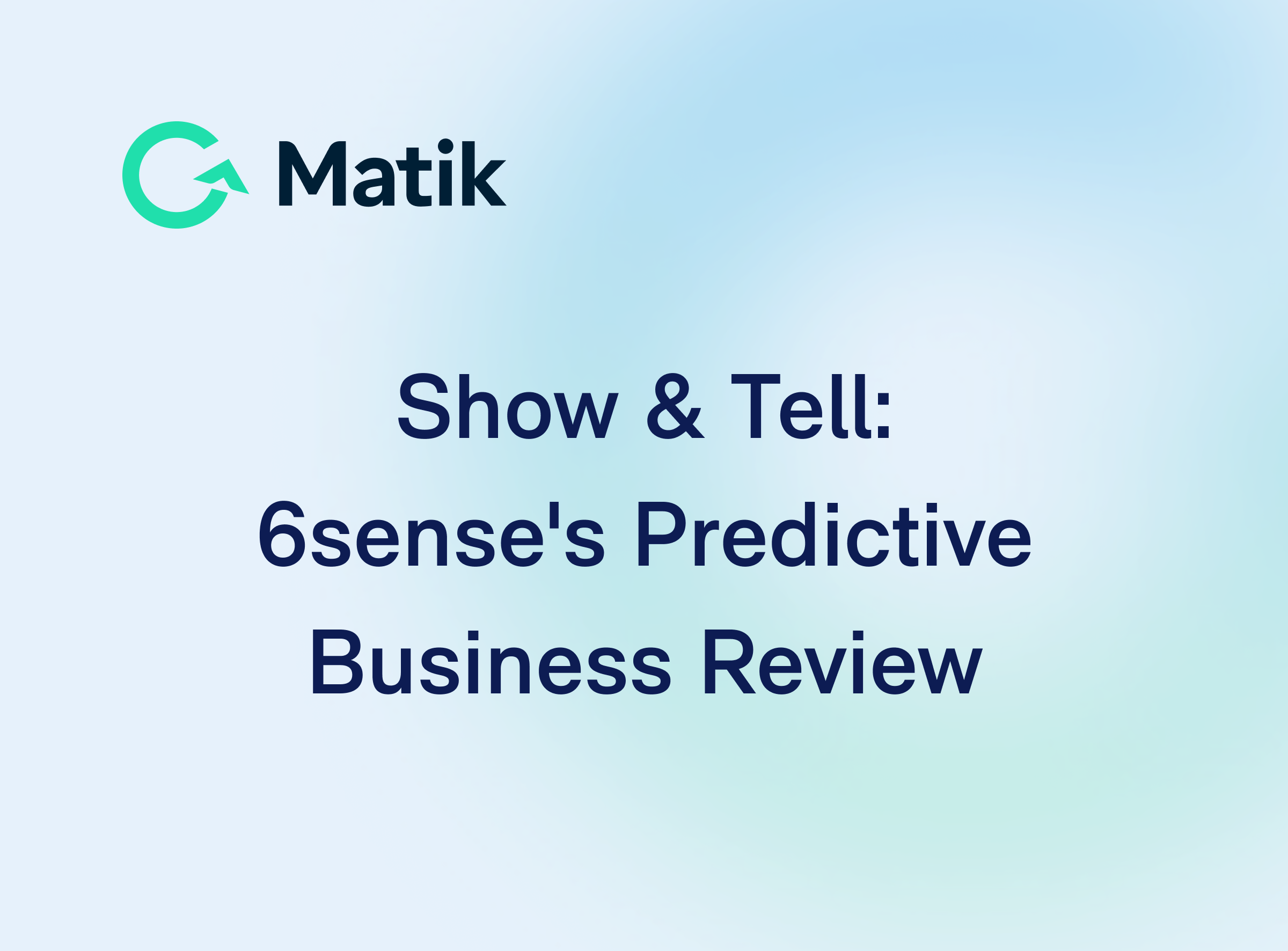Join Our Newsletter
It’s time to deliver a quarterly business review (QBR) to one of your accounts. You’ve been working hard on it, to make sure that you haven’t forgotten anything. But maybe in doing so, you’ve made the mistake of overloading your deck? Below are the top data points that you need to include in your QBR. Remember, the primary goals of your QBR are to get in front of the right stakeholders, reiterate the progress made & value delivered, and showcase how they can unlock even more value. Anything else is fluff, so if it’s not on the list below, then cut it!
Top Data Points to Include in your QBR
1. Account-specific data
Before you begin, make sure you know each customer’s unique goals so you can tailor your presentation or reports accordingly. Be sure to reiterate the customer’s previously specified objectives so they feel heard and understood. Showing your customers that you’re invested in their goals will build trust and credibility.
2. Who is using the product and how often
Share usage metrics to highlight who is taking advantage of the product. Include how many people in the company are logging in, how often they are using the product, who the top users are, and if there are specific teams or segments of the company using the product more than others. By sharing usage data, you can provide recommendations for greater adoption.
3. How they are using the product
Highlight the parts of the product that are being taken advantage of, including the top features being used. You can also touch on underutilized features, since customers want to know if they are using a product to its full capacity.
4. ROI of using the product
These metrics highlight the value the customer is getting from the product. How to measure ROI will depend on the customer and their objectives. Examples include money earned or time saved thanks to your product.
5. Benchmarking data
Your customer most likely will want to know how their own progress has evolved since using your product, so be prepared to share data that shows progress toward the goals they’ve shared with you. In addition, it can also be impactful to provide benchmarking data that shows how the customer stacks up with industry peers or competitors.
To learn more about how to build the best QBR, check out our Ultimate QBR Kit.
---
See Matik in Action—Request a Demo















